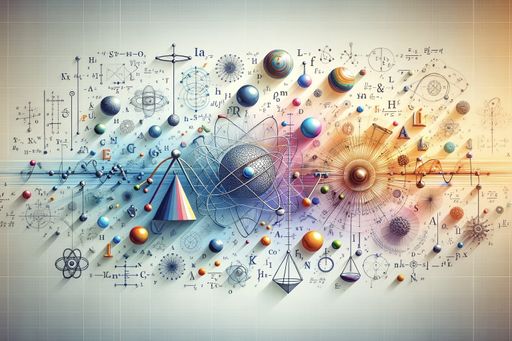E=mc² Comes Alive: Simulating Matter Creation From Laser Light
Researchers at Osaka University have used simulations to demonstrate how matter can be experimentally produced from light, potentially advancing our understanding of the universe's composition and discovering new physics.

Generating Matter from Light
One of the fascinating predictions of quantum physics is that matter can be generated solely from light. Astronomical bodies called pulsars already achieve this feat. However, generating matter from light in a laboratory setting has remained a challenge. By successfully simulating conditions that enable photon-photon collisions using lasers, researchers at Osaka University have taken a step forward in experimenting with matter creation from light. This breakthrough has the potential to test theories in quantum physics and deepen our understanding of the fundamental composition of the universe.
The simplicity and ease of implementing this setup using currently available laser intensities make it a promising candidate for near-future experimental implementation. The researchers' simulations show that, when interacting with the intense electromagnetic fields of the laser, a dense plasma can self-organize to form a photon-photon collider. This collider, containing a dense population of gamma rays, has energy levels a million times greater than the energy of the photons in the laser and ten times denser than the density of electrons in the plasma.
Theoretical Basis and Experimental Feasibility
Photon-photon collisions occur as a result of Einstein's famous equation E=mc². In previous experiments, matter has been indirectly produced from light through high-speed acceleration of metal ions into one another, resulting in matter and antimatter production. However, producing matter solely from laser light in modern laboratories has been challenging due to the requirement of extremely high-power lasers.
The Osaka University researchers aimed to simulate the process of matter creation from light in a laboratory setting. By doing so, they created a theoretical basis for future experimental breakthroughs. Their simulations demonstrated the successful generation of electron-positron pairs through photon-photon collisions, with the positrons being accelerated by a plasma electric field created by the laser. This leads to the production of a positron beam. The researchers believe that their proposal is experimentally feasible, and they eagerly anticipate real-world implementation.
Implications and Future Prospects
The research carried out by the Osaka University team opens up possibilities for exploring the mysteries of the universe in a laboratory setting. By experimentally confirming theories on the composition of the universe and potentially discovering new physics, this work could have profound implications for our understanding of the cosmos.
While the applications of this research to fictional matter-energy conversion technologies, such as those depicted in Star Trek, remain in the realm of fiction, this work brings us closer to unlocking the secrets of matter creation from light. With the advancements in high-power laser facilities, the possibilities for future research in this area have become even more intriguing.



